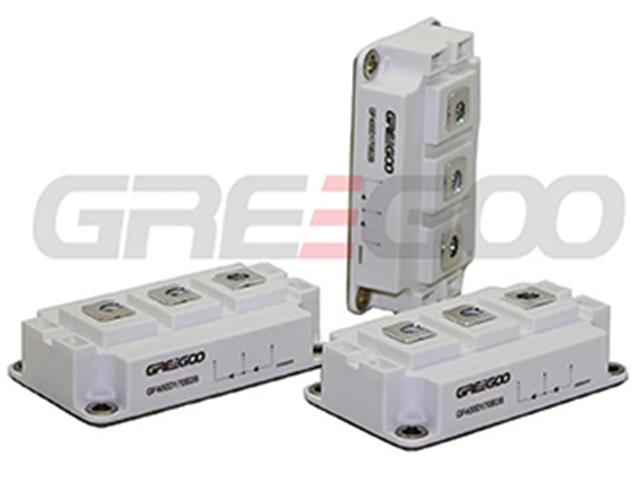Advanced Low-Power Short-Range Millimeter-Wave Radar Module: Features and Applications
The low-power, short-range millimeter-wave radar module is an advanced sensor technology primarily used for detecting and measuring the distance, speed, and angle of objects. Operating in the 30 GHz to 300 GHz frequency band, millimeter-wave radar offers high resolution and penetration capabilities, making it particularly suitable for precise short-range detection.
Here are some key features and applications of the low-power, short-range millimeter-wave radar module:
Key Features
- Low Power Consumption: Optimized design to reduce energy consumption, suitable for battery-powered devices.
- Short-Range Measurement: Typically used for detection within a few meters to several tens of meters.
- High Resolution: Due to the shorter wavelength of millimeter waves, it can achieve high-precision distance and speed measurements.
- All-Weather Operation: Unaffected by light and weather conditions, it can operate stably in various environments.
- Miniaturization: Modular design, easy to integrate into various devices.
Application Fields
- Automotive Industry: Used for blind spot detection, parking assistance, and adaptive cruise control.
- Industrial Automation: Used for robot navigation, object recognition, and distance measurement.
- Smart Home: Used for intrusion detection, personnel tracking, and indoor positioning.
- Medical Health: Used for monitoring vital signs such as breathing and heartbeat detection.
- Consumer Electronics: Used for gesture recognition in smartphones and tablets.
Technical Principle Millimeter-wave radar detects objects by emitting millimeter-wave signals and receiving the signals reflected back from the target object. By analyzing information such as the time delay and frequency shift of the echo signals, it can calculate the distance, speed, and angle of the target object.
Selection and Integration When selecting a millimeter-wave radar module, the following factors need to be considered:
- Operating Frequency Band: Choose the frequency band suitable for specific applications.
- Detection Range: Select an appropriate detection distance based on application requirements.
- Power Consumption Requirements: Ensure that the module's power consumption meets the device's power design.
- Interface and Protocols: Ensure compatibility of the module with other system components.
In summary, the low-power, short-range millimeter-wave radar module has a broad application prospect in modern technology and is an important means for achieving intelligence and automation.

Exploring the Smartguard Solid State Relay: A Game-Changer for Industrial Automation
Is the Intelligent SSR Right for You? Diagnostics, RS485, Modbus communication, Intelligent detection SSR, LED display.
Read More
Fast Recovery Diode Modules vs. Standard Recovery Diode Modules: Which One to Choose?
Fast recovery diode modules are ideal for applications that require rapid switching and high efficiency, while standard diode modules are better suited for low-frequency and DC applications
Read More
Applications and Advantages of IGBT Modules in Industrial Equipment
An IGBT is a semiconductor device that combines the high-speed switching performance of a power MOSFET with the high-voltage high-current handling capabilities of a bipolar transistor.
Read More
What's the difference between phase control Thyristor Module and Rectifier Diode Module?
Thyristor modules are used for controlled switching and power regulation, while rectifier diode modules are employed for converting AC to DC in rectification applications.
Read More













